This summer was synonymous of renewal at the laboratory of Dr. Didier Jutras-Aswad, as we welcomed several students in training for the duration of internships, rich in experiential capital. We would like to underline the exemplary work of these trainees who have demonstrated an impeccable integration:
Anita Abboud is a student in the Bachelor of Bioinformatics program at the Université de Montréal (UdM). Anita is also a representative of the Student Association of Biochemistry and Bioinformatics of the UdM (AEBBIUM). She has completed a data management internship and now holds a research assistant position where she coordinates the use and development of various databases. Anita is passionate about emerging biotechnologies and is particularly interested in genomics-oriented programming. Thank you for your dynamism and perseverance, the whole team warmly appreciates your professionalism.
Rafaëlle Valiquette is entering her third year of the Bachelor of Biomedical Sciences program at UdM. She joined the team as part of an introductory internship to research and now holds a position as a research assistant in which her main tasks consist of recruiting and welcoming volunteers who will participate in the trial on CBD consumption. Inspired by her time with us, Rafaëlle aspires to obtain her medical degree and to pursue her journey in research. Thank you Rafaëlle for your work which proved to be essential to the success of the projects carried out this summer!
Raphaëlle Fortin is also finishing her third year of a Bachelor’s degree in Biomedical Sciences at UdM. She also joined the team as part of an introductory internship and is continuing her work with our team as a research assistant on CBD administration projects. Constantly motivated by the quest for knowledge in neuroscience and its many applications, Raphaëlle also holds a position in neurofeedback for a private clinic. Looking forward to the future, she is already planning to obtain the title of neuropsychologist. Thank you very much for your precious help this summer, without which the projects would not move forward so quickly!
The DJA team would also like to acknowledge the inspiring work of Ana Helena Campos who completed a short and intense internship in scientific communication and knowledge transfer in the laboratory. Thank you for your effective involvement in social networking and your contribution to the team of the Center of Expertise and Collaboration in Concurrent Disorders (CECTC).










